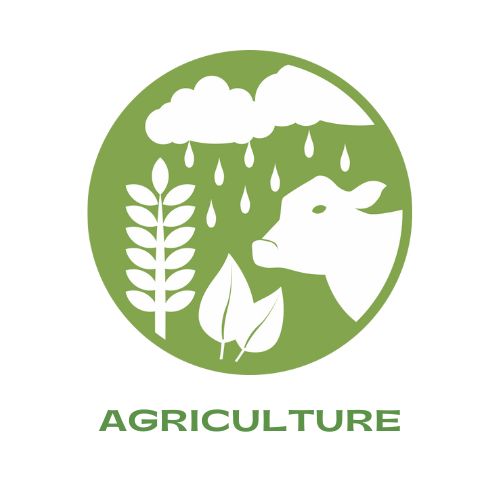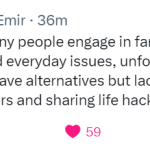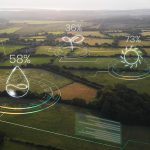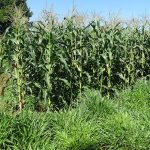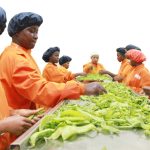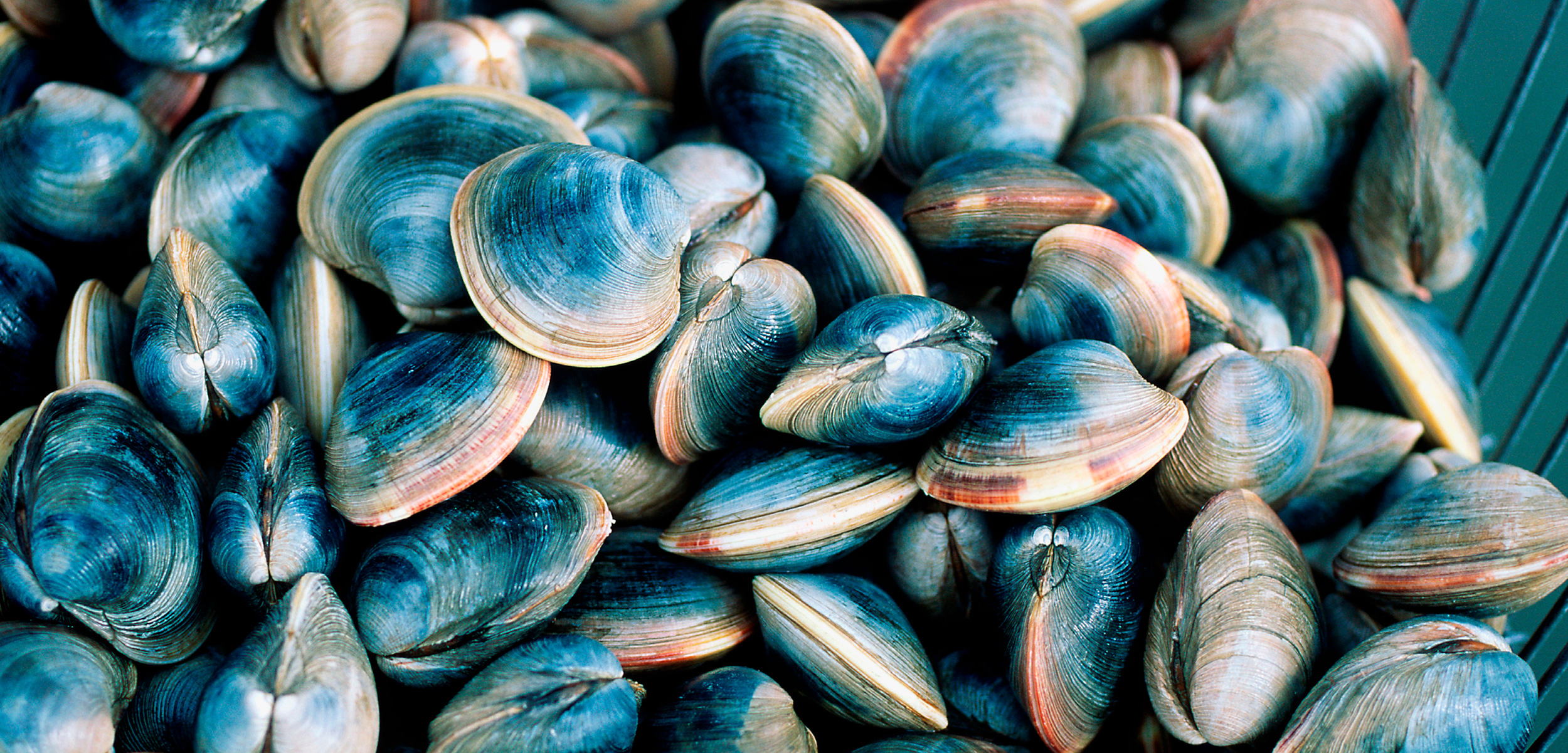Kenya’s aquaculture industry has experienced remarkable growth over the past decade, emerging as an important economic sector. The farming of various fish species contributes significantly to improving food security and livelihoods in the country. However, of the different subsectors within Kenyan aquaculture, shellfish farming offers particularly exciting potential and opportunities. The country’s extensive coastline provides ideal habitats for cultivating high-value shellfish like prawns, crabs, oysters and mussels. But for the shellfish farming industry to truly thrive, sustainability must be at the core.
In recent years, there has been a growing emphasis on enhancing sustainability within Kenya’s shellfish farming. The practices and techniques being adopted are helping address pressing environmental and socio-economic challenges. But there are still limitations in the efforts of various stakeholders. Farmers, businesses, government agencies and even local communities need to double down to achieve truly sustainable shellfish production. This will allow the industry to keep growing steadily while also conserving coastal ecosystems.
The Pressing Challenges Facing Sustainable Shellfish Farming
For Kenya’s shellfish aquaculture industry to adhere to sustainability principles, it needs to tackle a range of interconnected challenges:
Pollution and Deteriorating Water Quality
Coastal water pollution is one of the most pressing threats facing sustainable shellfish farming in Kenya. The discharge of untreated effluents into the Indian Ocean, especially around urban areas like Mombasa, is deteriorating marine water quality. This effluent comes from industrial facilities, sewage systems and agricultural runoff. Such pollution leads to eutrophication, causing algal blooms that are harmful to shellfish. Toxins and heavy metals from industrial pollution also directly impact shellfish health. This pollution-driven degradation of water quality raises costs and risks for shellfish farming.
Loss and Destruction of Coastal Ecosystems
Shellfish thrive in the delicate mangrove forests and sea-grass beds along Kenya’s coast. But environmental damage is diminishing these crucial ecosystems. Removing mangroves for construction or fuel wood is reducing available nursery habitat. Sea-grass beds are damaged by trawling and inorganic waste dumping. Also, coral reef damage from rising ocean temperatures harms entire coastal ecosystems. This habitat loss threatens the long-term viability of shellfish populations. It can disrupt vital environmental services like coastal protection, fisheries replenishment and carbon sequestration.
Socio-Economic Disparities in Coastal Communities
Coastal communities are among Kenya’s most economically marginalized. This exacerbates the impacts of environmental degradation. Declining fish catches combined with growing populations and few livelihood alternatives is unsustainable. If people lack the capacity to engage in sustainable shellfish farming, they resort to illegal harvesting from the wild. This creates a vicious cycle leading to the overexploitation of shellfish. Community dependence on mangroves for income and fuel also diminishes nursery habitats. These socio-economic disparities must be addressed for sustainability.
Looming Threats from Climate Change
Climate change poses uncertain risks for shellfish aquaculture worldwide. In Kenya, rising ocean temperatures and acidity levels threaten shellfish health and habitats. Changes in weather patterns and monsoon rains impact food supply and growth cycles. Extreme events like flooding increase operational risks. Addressing such climate change vulnerabilities in shellfish aquaculture is crucial for long-term sustainability.
Shortcomings of Stakeholders in Addressing Challenges
There have been some commendable efforts towards sustainable shellfish farming in Kenya recently. But the various stakeholders involved need to take more ambitious and coordinated action. There are some clear shortcomings hampering their efficacy in addressing the key challenges:
Insufficient Collaboration Between Stakeholders
One major limitation is the lack of effective collaboration between stakeholders like farmers, government agencies, conservation groups and local communities. Approaches are fragmented, leading to policies misaligned with ground realities. Each stakeholder group operates in isolation, undermining synergies in problem-solving. Building stakeholder coalitions can foster mutual learning and amplify sustainability initiatives.
Regulatory Gaps and Weak Enforcement
Kenya’s regulatory framework governing aquaculture has gaps that allow unsustainable practices to go unchecked. Mandates are spread across agencies, hampering coordination on enforcement. Penalties are inadequate to deter violations like mangrove clearing or pollution. A strong, harmonized regulatory system that takes a stick-and-carrot approach can enhance compliance. But regulators often lack capacity for rigorous monitoring, undermining sustainability.
Underinvestment in Research and Innovation
There is a shortage of research on techniques and innovations tailored to boost productivity while protecting coastal ecosystems. Both public fisheries institutions and private industry lack orientation and incentives for such research. Experimental pilot studies on shellfish strains, climate-smart farming practices, and waste-water treatment solutions are critical for sustainability. But research needs more funding.
Shortcomings in Community Engagement
Local community perspectives are inadequately integrated in policy decisions on coastal development and aquaculture. Some communities even bear an unequal burden of environmental impacts or lack access to economic opportunities from shellfish farming. This leads to opposition or apathy towards sustainability initiatives. More extensive community outreach and equitable engagement is essential.
Better Approaches For More Effective Solutions
With a more nuanced understanding of where stakeholders currently fall short, better approaches in the following areas can help address the challenges facing sustainable shellfish aquaculture in Kenya more effectively:
Enhancing Coordination Through Associations
Farmer cooperatives, industry associations and multi-stakeholder forums can institutionalize coordination between stakeholders. These platforms allow co-management of resources, sharing sustainability practices and aligning development plans. They enable collaborative research and policy advocacy. With more unified stakeholder voices, sustainable shellfish farming can gain greater policy prominence.
Strengthening Regulations and Enforcement
A national shellfish aquaculture authority is needed to streamline mandates for sustainability regulations, monitoring and enforcement. Standards should cover ecosystem impacts, pollution levels, community engagement and climate resilience. To deter violations, impact-based penalty systems should make non-compliance prohibitively expensive. Investing more in training and resources for enforcement personnel will also strengthen oversight.
Boosting Research and Technical Capacity
Both national fisheries agencies and private firms should ramp up research on innovations for sustainable productivity growth in shellfish aquaculture. More funding can come from levies on the industry. Technical capacity building for farmers is equally important, through training programs on sustainable practices. Pilot projects to test climate-adapted local shellfish strains and reduce pollution impacts should be expanded.
Community–Centric Development
Coastal communities must be protagonists, instead of passive recipients, in developing sustainable shellfish farming. Their indigenous knowledge on local ecosystems is invaluable and should guide spatial plans. Where communities own or co-manage aquaculture operations, sustainability compliance is higher. Their rights to mangroves and fishing grounds should be legally protected. Ensuring an equitable share of economic benefits also incentivizes sustainability.
The Path Towards a Sustainable and Prosperous Shellfish Aquaculture Industry
With these more effective approaches, Kenya’s shellfish farming industry can overcome pressing challenges and achieve sustainability. The opportunities from such an outcome are immense:
- Sustainable practices will minimize risks like pollution and climate impacts. This will raise productivity and profitability, making shellfish farming more attractive for expansion.
- Export Potential: The industry’s growth and rising global demand for shellfish exports can earn Kenya vital foreign exchange and tax revenues. This will boost the wider economy.
- Job Creation: Thousands of new decent-quality jobs can be added in shellfish farming and ancillary activities like boat-building and processing. This will drive economic inclusion in marginalized coastal areas.
- Economic Empowerment: Community-owned shellfish farming models can be leveraged for women and youth empowerment. The participation of local communities will also improve social outcomes.
- Eco-Tourism: With communities benefiting economically, habitat destruction pressures can be reduced, supporting ecosystem conservation. This will also enhance eco-tourism potential.
- Food Security: Sustainably farmed shellfish will improve the country’s food and nutritional security. The industry can specifically help bridge protein deficits.
Realizing this sustainable future will require coordinated efforts between farmers, regulators, researchers and communities. The Kenyan government also has a vital role to play in stewarding the industry’s development:
- Regulations: Firstly, the government must implement more stringent regulations and standards for sustainable shellfish aquaculture practices. Monitoring and enforcement capacities need strengthening as well.
- Research Funding: Secondly, greater investment must be channeled into research on sustainable innovations, new technologies, and climate change adaptation. Technical training programs for farmers are also important.
- Environmental Conservation: Thirdly, environmental conservation efforts by the government must prioritize coastal ecosystems and habitats that support shellfish populations. Mangrove restoration and pollution reduction initiatives need to be expanded.
- Community Empowerment: Fourthly, ensuring local communities rights whilst also providing training and access to financing can enable their inclusive participation in sustainable shellfish farming.
With concerted efforts, Kenya’s shellfish farming industry is poised to become a globally competitive economic sector, whilst also serving as a model for sustainability. The future holds much promise, with sustainable approaches helping the industry flourish in an environmentally and socially responsible manner. But continued collaboration between all stakeholders will be key to realizing this goal and securing the long-term prosperity of shellfish aquaculture in Kenya.
#SustainableAquaculture #EnvironmentallyFriendly #KenyanAquaculture #ShellfishFarming #Innovation #Conservation #CommunityEngagement
About The Author:
Ms. Amisa Sayo – Senior Researcher, Kenya Marine and Fisheries Research Institute
Bio: Amisa Sayo is a marine ecologist with over 15 years of experience studying coastal ecosystems. Her research focuses on sustainable approaches to managing marine resources and conserving vital coastal habitats.

